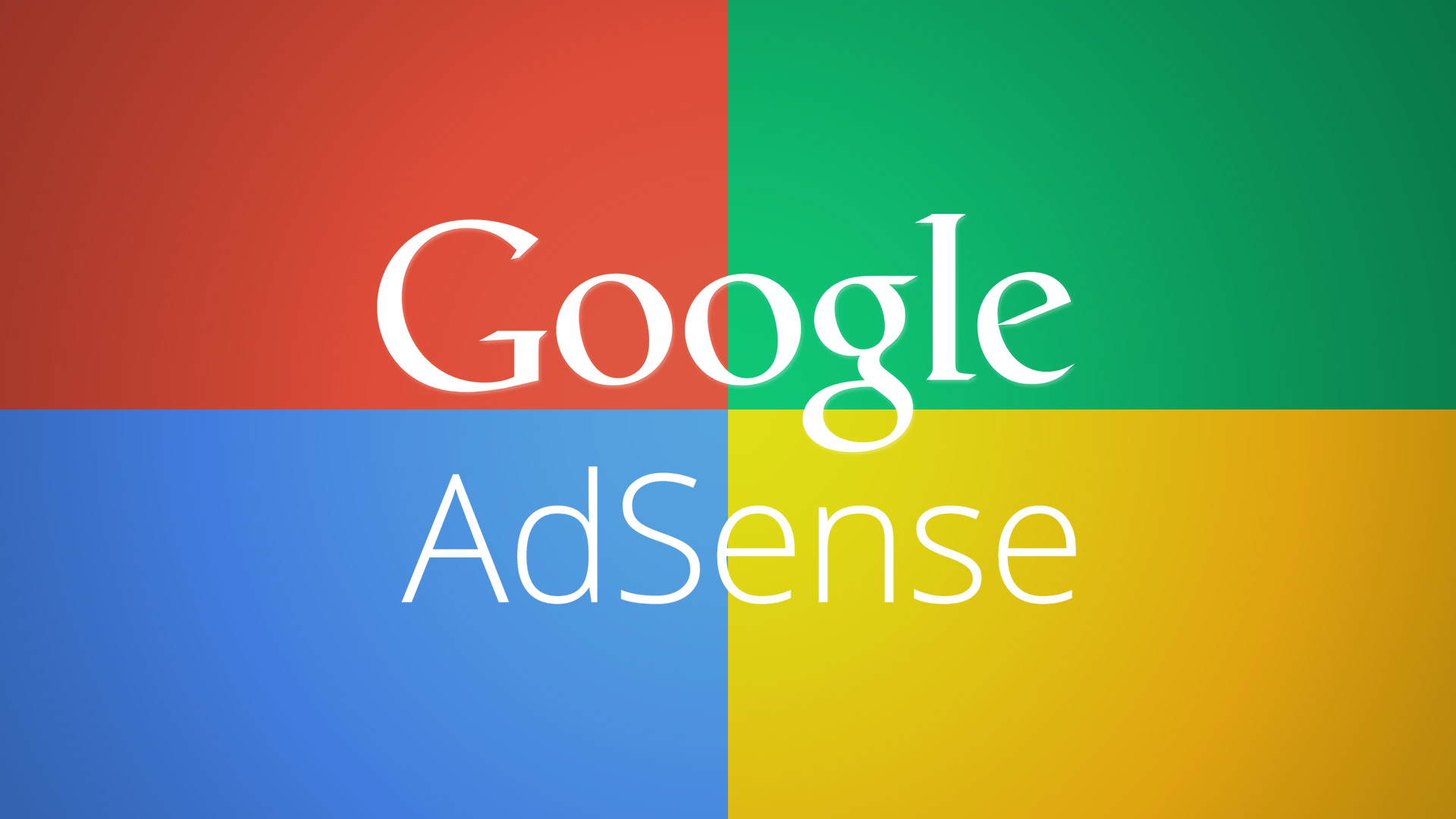Digital Marketing Trends 2020 That Will Mark The Year
Digital Marketing 2020 brings the rise of personalization and automation, which will be supported by artificial intelligence.
Trends in digital marketing in 2020 will follow the demands of a consumer, a spoiled individualist, accustomed to learning virtually anything at any time.
Do you think this is an exaggeration and a lump sum? Read on!
What will Digital Marketing Trend 2020 mean?
Millennials have been replaced by Generation Z on the throne of the most desirable consumers. Generation Z representatives already influence as many as 40 percent of families’ purchasing decisions.
The development of the digital marketing trend in 2020 will build on the foundations laid over the last decade. We wrote about marketing trends last year. The things we announced are coming to fruition, but the time for upgrading these tactics is coming.
Personalization in communication with more and more fragmented audiences is moving into a more mature phase. But it will relate even more to automation. Due to fragmentation requirements, it will become increasingly clever and has already been upgraded and supplemented with artificial intelligence.
- Chatbots
Probably the first smart Video advisor was presented to us at the Financial Administration of the Republic of Slovenia, but then she was retired after eight years due to the high cost.
But Chatbots have been introduced to virtually every social network to date. Abroad, they are becoming an indispensable part of websites and other channels in communicating corporate and brand content. More than 300,000 are expected to be active on Facebook.
A spoiled individualist does not have the time or energy to search for information for a long time on foot. At any moment of the day and night, she wants to get to them quickly with just a click or two. Talking robots help him get information immediately and in a way he chooses. Businesses, however, do not lose a consumer – when they have already got it in their fist – due to incorrect or insufficiently provided information.
By 2022, Chatbots are expected to help businesses save more than $ 8 billion a year. Oracle, however, states that as many as 80 percent of businesses are looking for their chat robot next year. Consumers like Chatbots because, as Single Grain states, they are always accessible, they answer the question immediately, remember what you have bought and never lose their nerve. Because of the expected prevalence of Single Grain, it dubbed Chatbots marketing the very name “Conversational marketing”.
1 – Micro Targeting
We no longer divide consumers into marketing by age, place of residence and education. We include many other parameters in the target group design. But Generation Z is probably the most inhomogeneous consumer group to date.
Their desires and demands are less and less similar to each other. Fortunately, by closely tracking their habits, they can be better analyzed and segmented into smaller groups. These, then, are addressed individually, more and more precisely and personally, almost like in one-on-one communication.
Micro-targeting requires a lot of data. But – to be brutally honest – they already have this information about us as consumers, Facebook, Google and other giants of the digital world. The only question is how much use of this data will be allowed for marketing purposes and how ethically we will use it in marketing.
Micro-targeting has a negative connotation due to its influence on the political choices of individuals in elections (and the Cambridge Analytical affair). But this does not mean that it is not trending and will not influence marketing decisions.
2 – Micro storytelling
After micro-targeting is a logical step forward telling stories micro or micro storytelling (Eng.)? Consumers are no longer addressed by the same (long) story, one ad, one message, nor do they have the time to listen to a longer address. They are addressed by the story, a message aimed at a specific individualist, and should be briefly summarized.
Micro storytelling relies on people to make conclusions about a message, even though they don’t necessarily have all the key information. This way they will be more involved in brand communication. The fragmentation must be extremely clear because of its fragmentation.
One of the more popular ways of micro storytelling is short, up to a few second videos that, in a sequence, tell a lot more than one longer video at a time. The purpose of micro storytelling is to create a more rational and emotional connection between the consumer and the brand.
3 – Micro-Influencers
We are just moving towards micro and Nano-influencers. Abroad, both small and large brands find that the recommendation is better, more authentic, and the shorter the path from the source to the one we want to convey. Micro-influencers are focused on narrower niches, popular enough to have an impact that they can harness but with genuine contact with their trackers. They are often representatives of their niche.
Big influencers have lost much of their credibility either by selling off their name or because they are simply too big for consumers to identify with. A self-centered generation is more trusting of a neighbor from a nearby street than Kim Kardashian.
Also, large influencers have become too expensive. They can afford brands that have large budgets reserved for this purpose. Micro-influencers, while being cheaper, can also boast of better engagement. According to Adweek, they have as much as 60 percent better engagement than larger influencers and are several times more cost-effective than their counterparts.
4 – User-generated stories (UGC content)
A step towards greater authentication and shortening the path from brand to consumer is also (co) creating a brand or business story with the help of users. The strong brand identity of the users is well utilized and the stories created by individual users are used for their digital marketing.
In this way, they gain content and at the same time so-called social proof. It is a confirmation from people who have used products or services that the products have been tested, effective, quality, etc.
Consumers are much more likely to trust friends and other people who have a similar lifestyle to themselves than the official brand messengers. The flood of content, as well as the products and services to choose from, making them skeptical and seek authenticity. For the most part, they will trust genuine reviews, unaffiliated photos of other people, and by sharing such content, a brand can increase trust and build a more genuine relationship with their customers.
Good examples of user-generated content are found at home, e.g. for Little Heroes, where user content, both videos, and photos, is used in advertising.
5 – Advertising on social networks
Social networks are expected to be used by 3.1 billion people by next year, and their use is one of the most popular online activities.
Digital marketing in 2020, therefore, is certainly bringing about enhanced advertising on social networks. Not just the large group of people he accompanies; social networks offer the best targeting options across all media platforms.
Due to the influx of advertisers on social networks, the advertising space and all the activities on them are irritating, but we can say with great certainty that at the moment this will not deter advertisers since there are practically no better advertising opportunities for more people. If you are facing low followers issues then buy Instagram followers UK for better help. The growing attractiveness of social networks for advertisers is certainly also a result of new ad placement and commercial content, e.g. in the so-called stories and shopping directly from social networks.
6 -Artificial Intelligence
In the year 2020 and beyond, increasing personalization in digital marketing will be made possible primarily by automation and all tools that will also be supported by artificial intelligence.
MasterCard has already introduced a chatbot, which talks to the user in “natural language”, responds to his requests and thus helps him to pay.
Artificial intelligence should help us create content, target potential consumers, communicate with customers on different channels, personalize and send emails at the right time, recommend products, shop online transactions and return customers.
Two-thirds of users of the World Wide Web are expected to use artificial intelligence today without even realizing it. Artificial intelligence helps with both googling and voice searches, and as many as 30 percent of all searches are expected to be voice-activated this year. Artificial intelligence is already being used by more and more applications.
7 – Programmatic Advertising
The most comprehensive automated advertising spread across all platforms from websites, social networks, and television to digital displays has been named programmatic advertising.
Artificial intelligence is already behind it, replacing the media buyer. Programmatic advertising, based on the advertiser’s requirements, chooses where the desired user is located, bids the price for renting this space, and then places the desired content there. Much more successful than Google ads is its so-called display ads, which are characterized by precision targeting.
8 – SEO 2020
Optimization for search engines (Eng. Search engine optimization – SEO) is something that will be for all the above given up. Not at all. Of course, entering new brands into the battle for top positions on Google and other search engines seems like a fight between David and Goliath, but the situation is one where some are in the more advanced stage of SEO optimization than the other and have their advantages.
No matter how “busy” it is at the top of the hit list, artificial intelligence has been interfering with SEO in recent times, which Google has been introducing into its search algorithm for some time now. Many will also be challenged by a voice search that could mix the charts at the top of the charts. The ranked pages for individual keywords don’t need to adapt to the true voice search of people. Smart answers to users’ natural questions can also be optimized for those who will be able to fight for the so-called zero position.
It is also remarkable that Google is doing more and more services to its search results and could shatter the web of various applications and informative websites.
Google is already filtering responses to different user requests in its hits and displaying them before hits with links. Therefore, users do not continue on their way to the site but are satisfied with the answer they close their browser. This will certainly have an impact on analytics results, but not necessarily bad for business.
For example, someone searches for your restaurant address on Google without opening your site and visits you. You still got the customer and you won’t even find his search in the web analytics.




